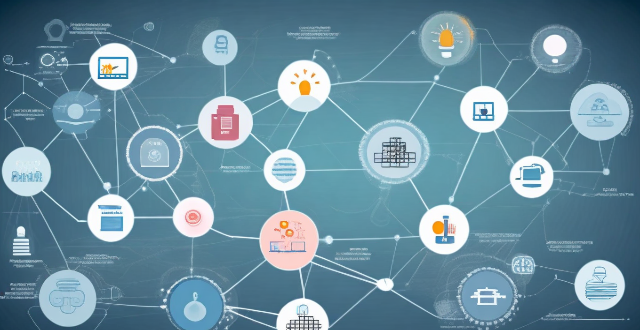Climate-smart technology has a significant impact on energy consumption by improving efficiency, promoting renewable sources of energy, reducing waste, and encouraging sustainable practices in transportation and industry. By embracing these technologies and practices, we can create a more sustainable future for ourselves and future generations.

Impact of Climate-Smart Technology on Energy Consumption
Climate-smart technology refers to a range of technologies and practices that are designed to reduce greenhouse gas emissions, mitigate the effects of climate change, and promote sustainable development. These technologies have a significant impact on energy consumption by improving efficiency, reducing waste, and promoting renewable sources of energy. In this article, we will discuss the various ways in which climate-smart technology affects energy consumption.
1. Energy Efficiency
One of the most significant impacts of climate-smart technology is improved energy efficiency. By using advanced technologies such as LED lighting, smart thermostats, and high-efficiency appliances, we can reduce our energy consumption without sacrificing comfort or convenience. For example, replacing traditional incandescent bulbs with LED bulbs can save up to 80% of the energy used for lighting. Similarly, installing a programmable thermostat can help you save up to 10% on your heating and cooling bills by automatically adjusting the temperature when you are not at home.
2. Renewable Energy Sources
Another way in which climate-smart technology affects energy consumption is by promoting renewable sources of energy. Solar panels, wind turbines, hydroelectric power plants, and geothermal systems are all examples of renewable energy sources that can help us reduce our reliance on fossil fuels and lower our carbon footprint. By investing in these technologies, we can generate clean energy while also creating jobs and stimulating economic growth.
3. Energy Conservation
Climate-smart technology also helps us conserve energy by reducing waste and improving resource management. For example, smart grids use advanced sensors and analytics to optimize electricity distribution and reduce power outages. Building automation systems can monitor and control heating, ventilation, and air conditioning (HVAC) systems to ensure that they operate efficiently and only when needed. Additionally, energy-efficient building designs and materials can help reduce heat loss and gain, further reducing the need for heating and cooling.
4. Transportation
Climate-smart technology also has a significant impact on transportation, one of the largest consumers of energy. Electric vehicles (EVs), hybrid cars, and public transportation systems powered by renewable energy sources can help reduce our dependence on oil and gasoline. By transitioning to these cleaner modes of transportation, we can reduce greenhouse gas emissions and improve air quality in urban areas.
5. Industrial Processes
Finally, climate-smart technology can help industries become more energy-efficient and reduce their environmental impact. For example, process optimization techniques can help manufacturers reduce energy consumption during production processes. Waste heat recovery systems can capture excess heat from industrial processes and convert it into useful energy. Additionally, eco-design principles can guide the development of new products that are more energy-efficient and easier to recycle or dispose of safely.
In conclusion, climate-smart technology has a profound impact on energy consumption by improving efficiency, promoting renewable sources of energy, reducing waste, and encouraging sustainable practices in transportation and industry. By embracing these technologies and practices, we can create a more sustainable future for ourselves and future generations.